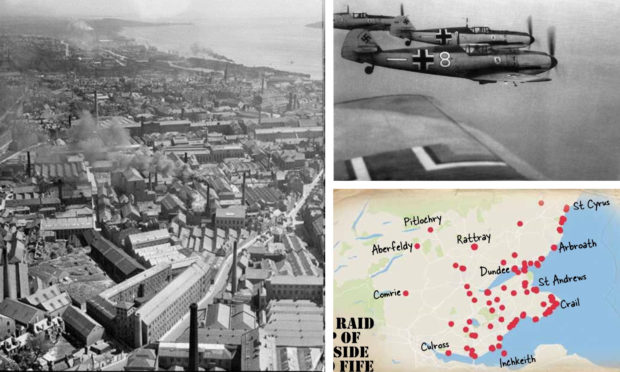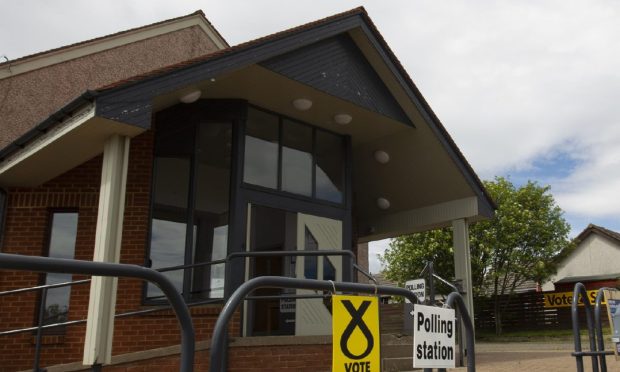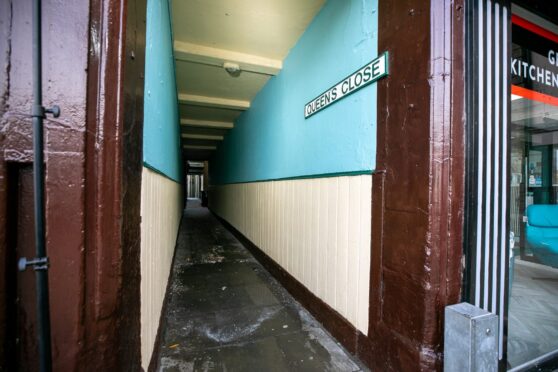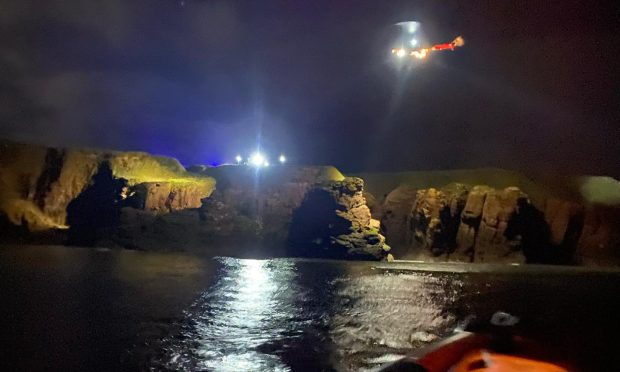A new interactive map painstakingly put together from official records has recorded all the bombs that fell on the UK in World War II.
It features every raid, from the first bomb to hit the mainland in the Firth of Forth on October 16 1939 to the last on March 29 1945 on the south east coast.
The most deadly attack in Courier country was on August 6 1942 in St Andrews when 11 people were killed and 23 were injured.
The next worst was on June 2 1941 where a naval mine in Buckhaven caused eight deaths and three injuries.
The last recorded incident was a night raid on May 22 1944 in Dundee, where nobody was injured.
More than 32,000 locations are included and users can zoom in on the official record for details of deaths and casualties.
The Bombing Britain air raid map uses wartime data from the National Archives to pinpoint all the locations struck by German bombs during the war.
It is free to use and is based on 6,500 daily reports compiled by wartime intelligence officers for the Ministry of Home Security and senior officials.
It was developed by Dr Laura Blomvall, a researcher from the Department of English and Related Literature at the University of York, whose work confirmed that the first place in Britain to be bombed was the Firth of Forth.
Dr Blomvall said: “This map offers an astonishing insight into the extent and scale of total war.
“Bombing Britain allows us to visualise how bomb strikes affected the entire country – not just London and the South East – as bombs were dropped from the Orkney Islands to Coventry, from Liverpool to the Scilly Isles and from Dover to Swansea.
“This unique research project shows how war was ‘no longer confined to the battlefield’.
“The normalisation of aerial warfare turned mainland Britain into a violent battlefield, and the term ‘home front’ was no longer figurative.”
Some 30,000 tonnes of bombs were dropped on the UK during the Blitz – an intense German bombing campaign targeting British industry and morale starting in September 1940 – killing over 40,000 people.
The Blitz began on 7 September 1940 – from when London was bombed 57 nights in a row. The last Luftwaffe raid took place on May 1944 – a month before D-Day.
Unexploded World War Two bombs continue to be discovered up and down the country, often causing schools or offices to be abandoned in a panic.
Dr George Hay, Military Historian at The National Archives, said: “The National Archives holds vast collections that tell the story of both the British and German strategic bombing campaigns of the Second World War.
“This interactive map makes use of the intelligence reports that followed German raids on the United Kingdom, and visually demonstrates the impact and reach of those attacks.
“This map will be a fantastic resource, not only for military and social historians, but for anyone interested in the impact of wartime air raids across the UK.”
Visit http://www.warstateandsociety.com/Bombing-Britain for more information.










